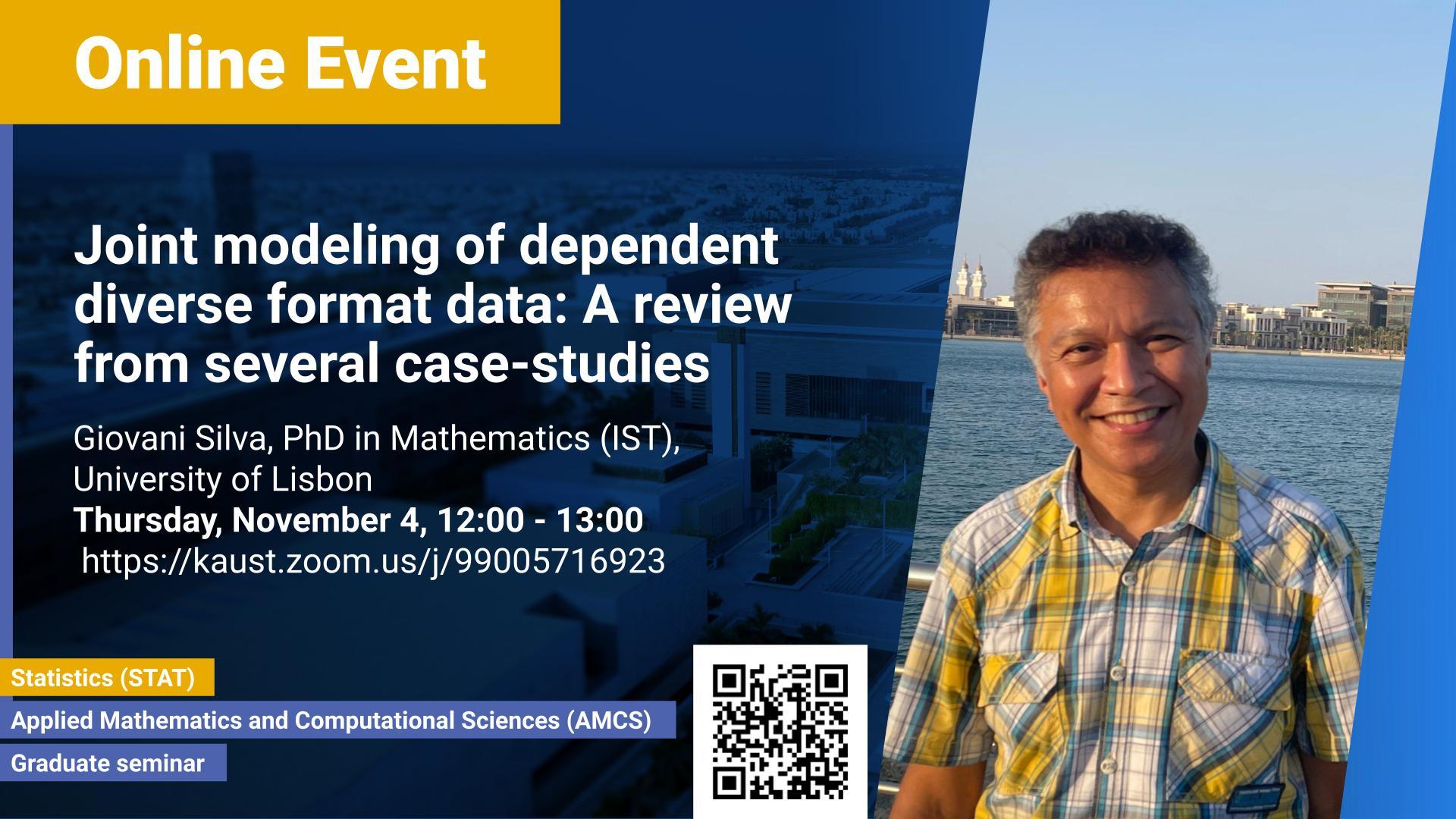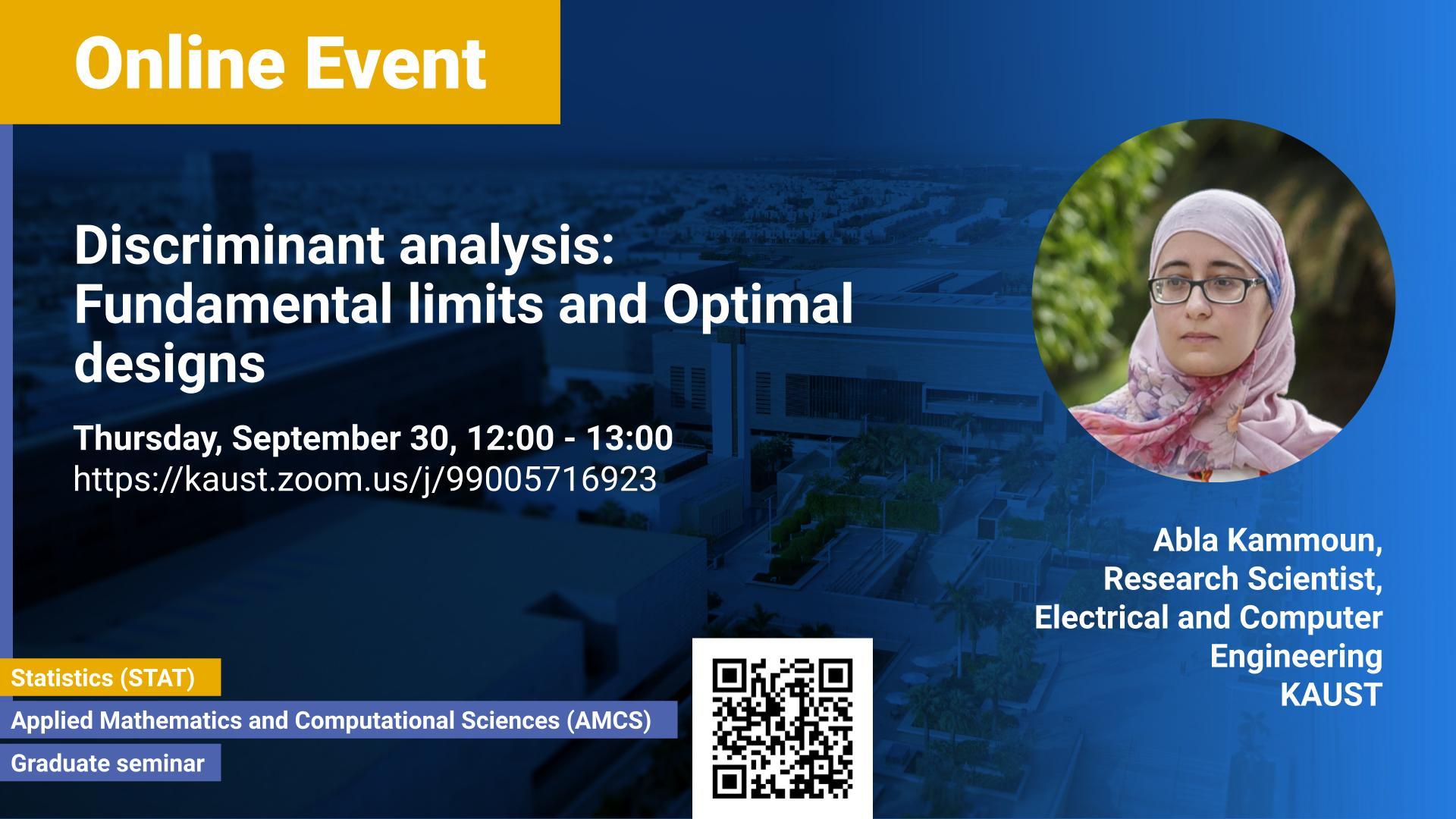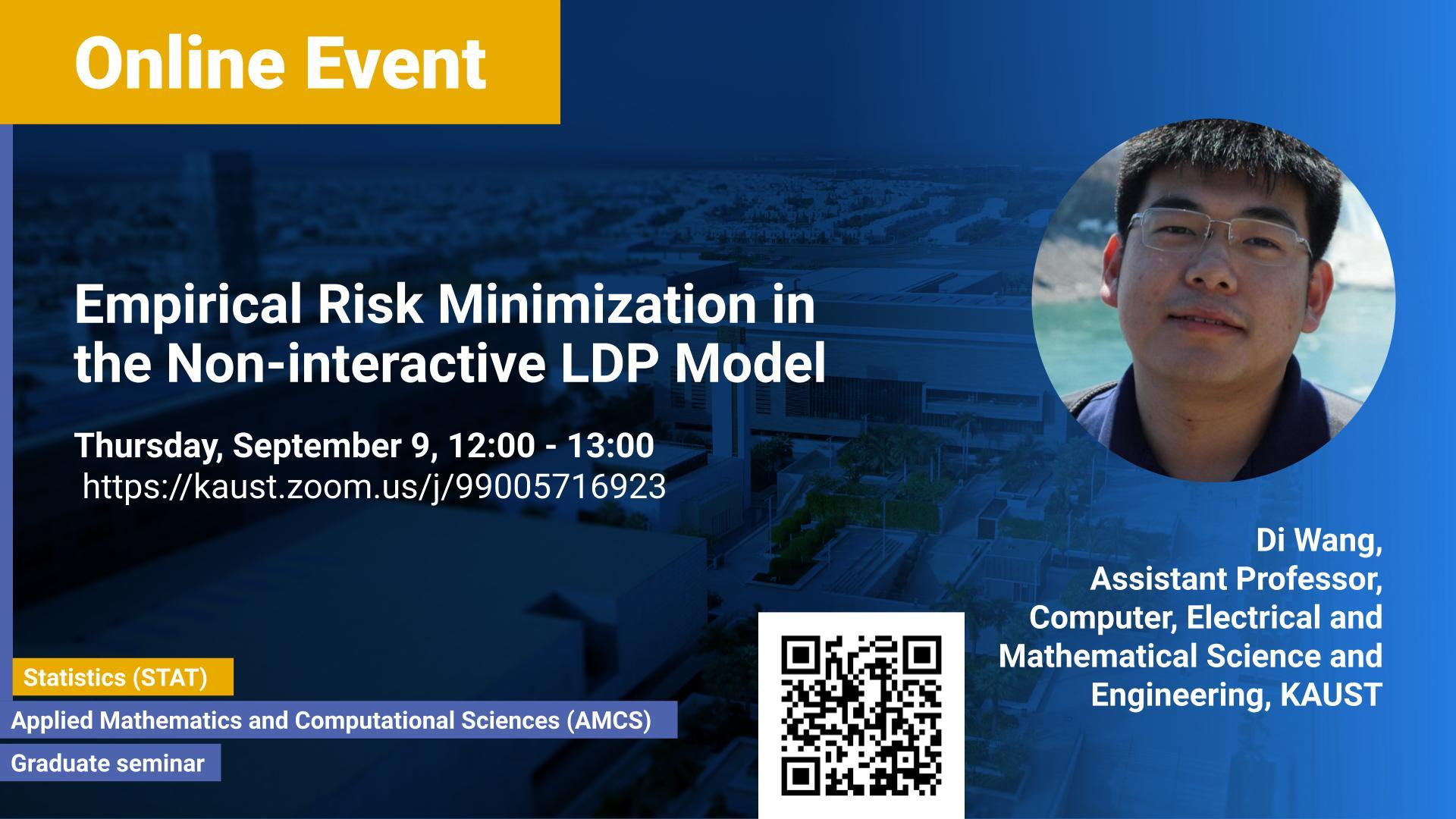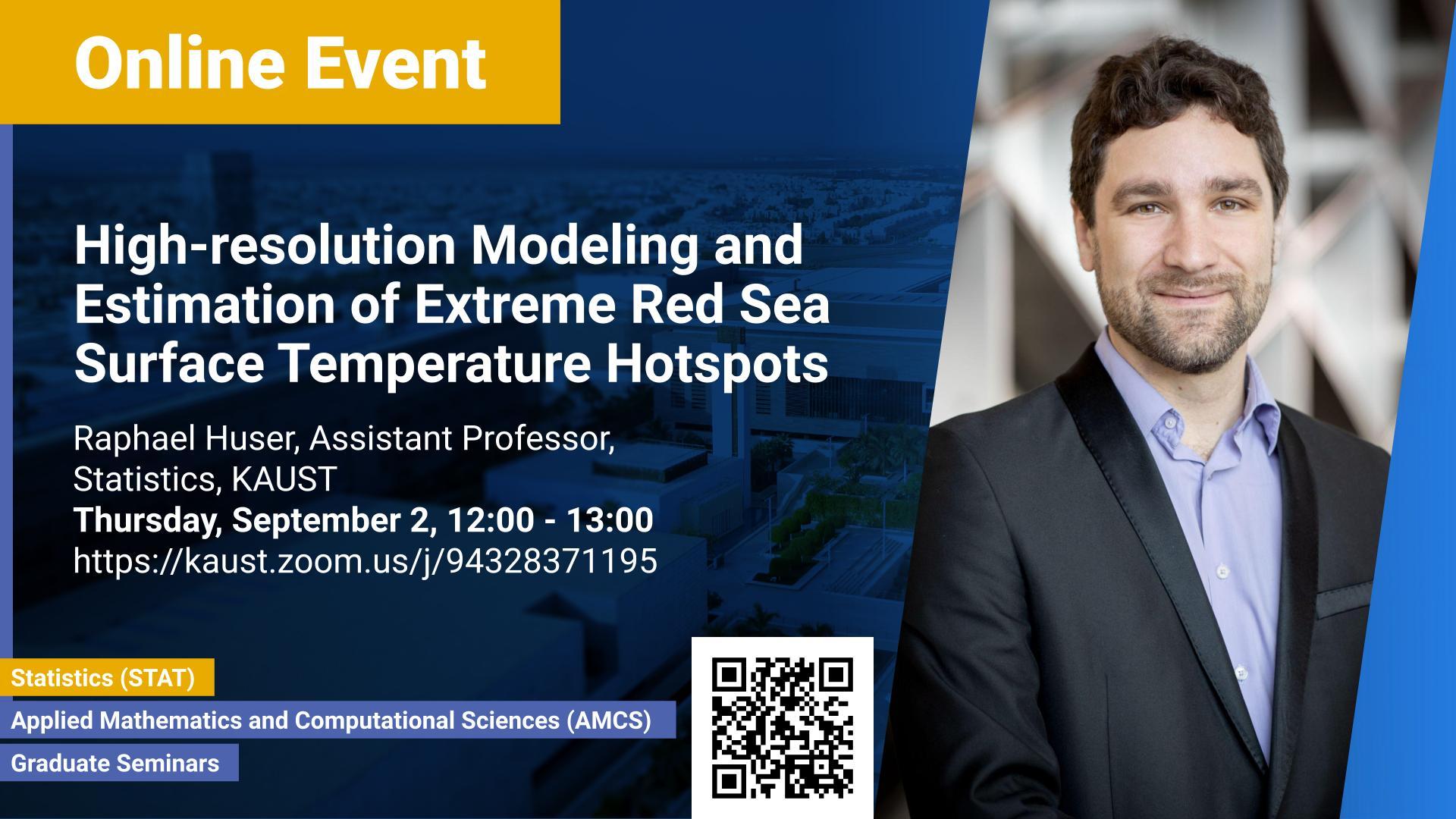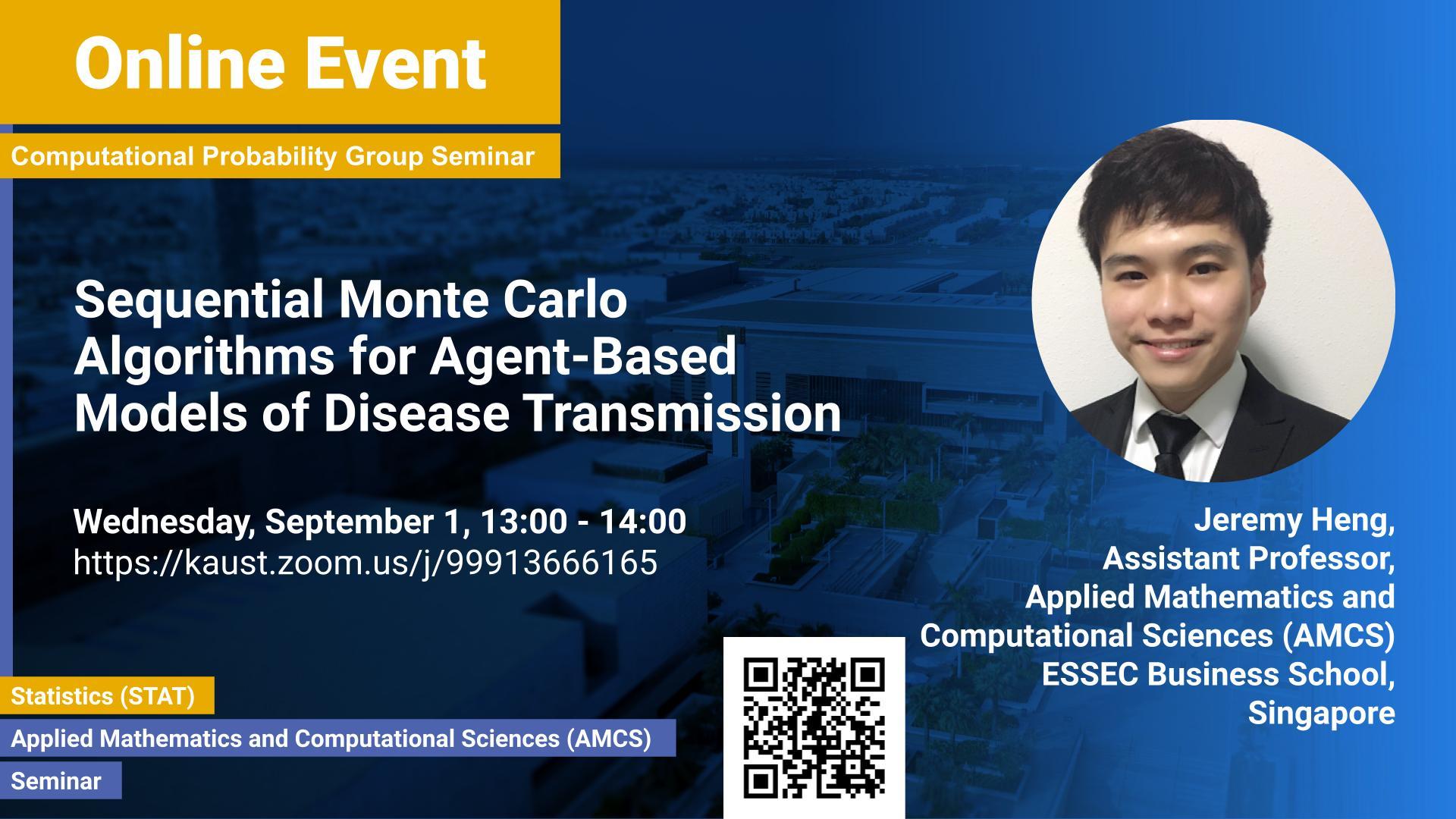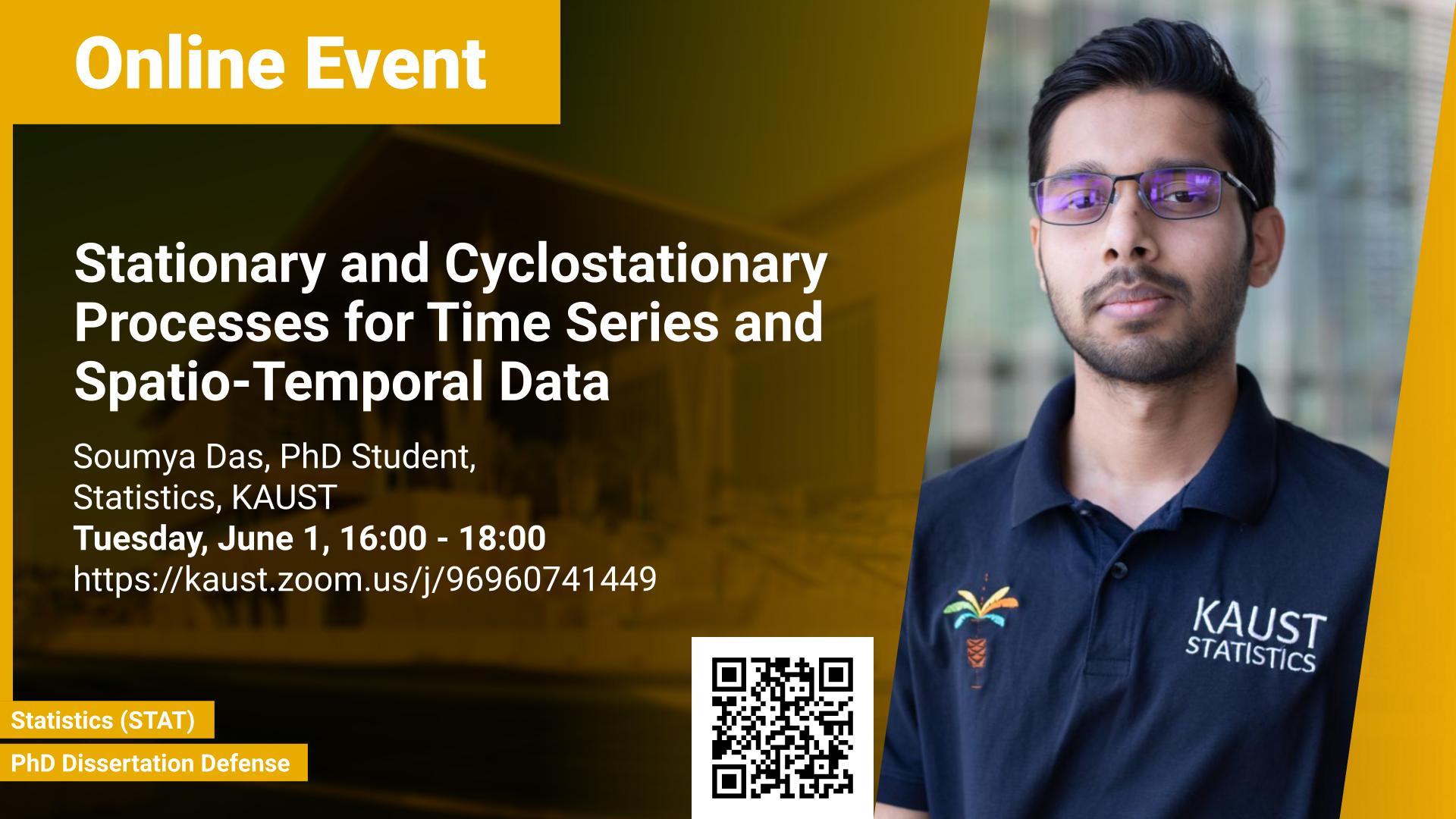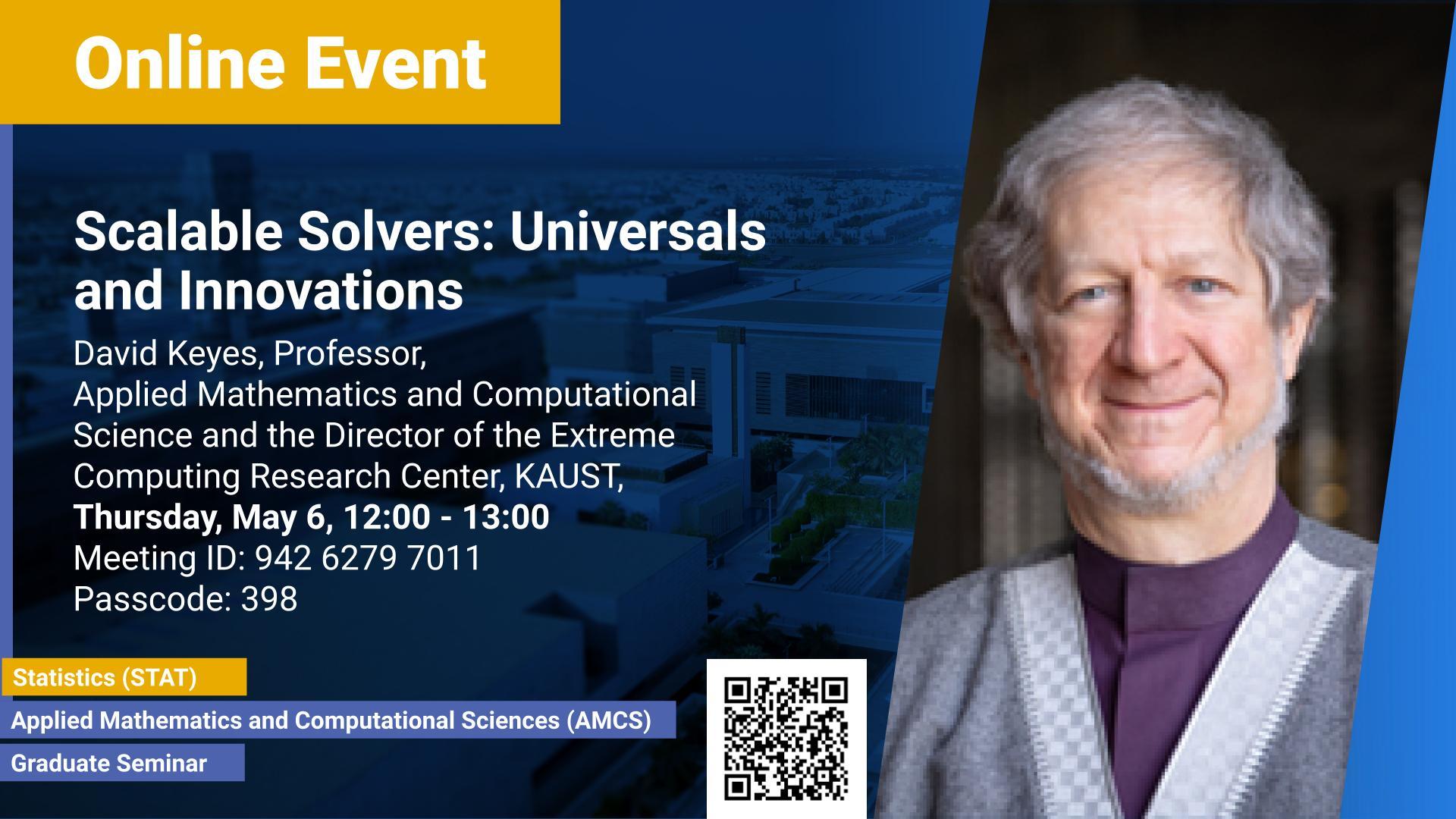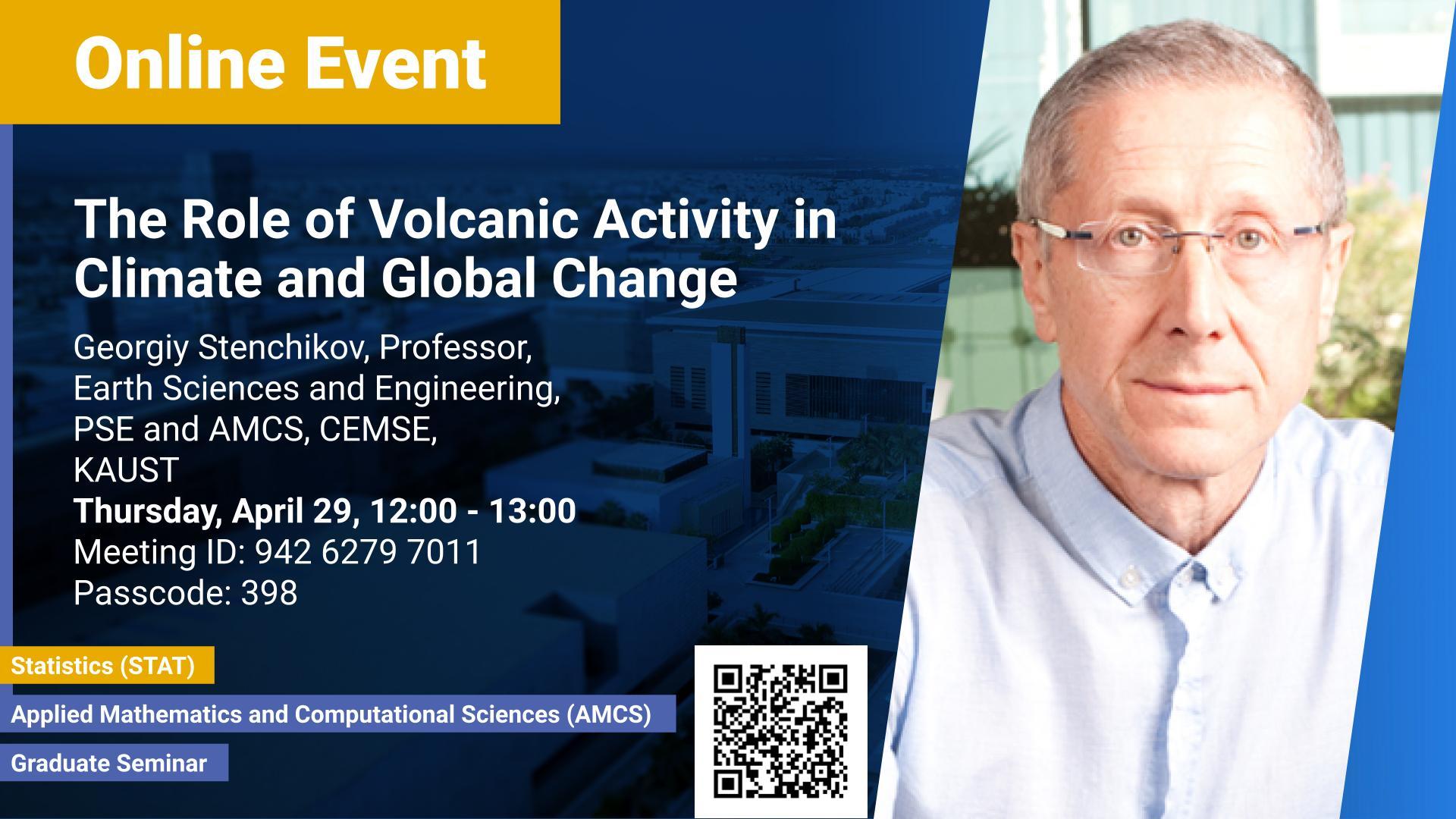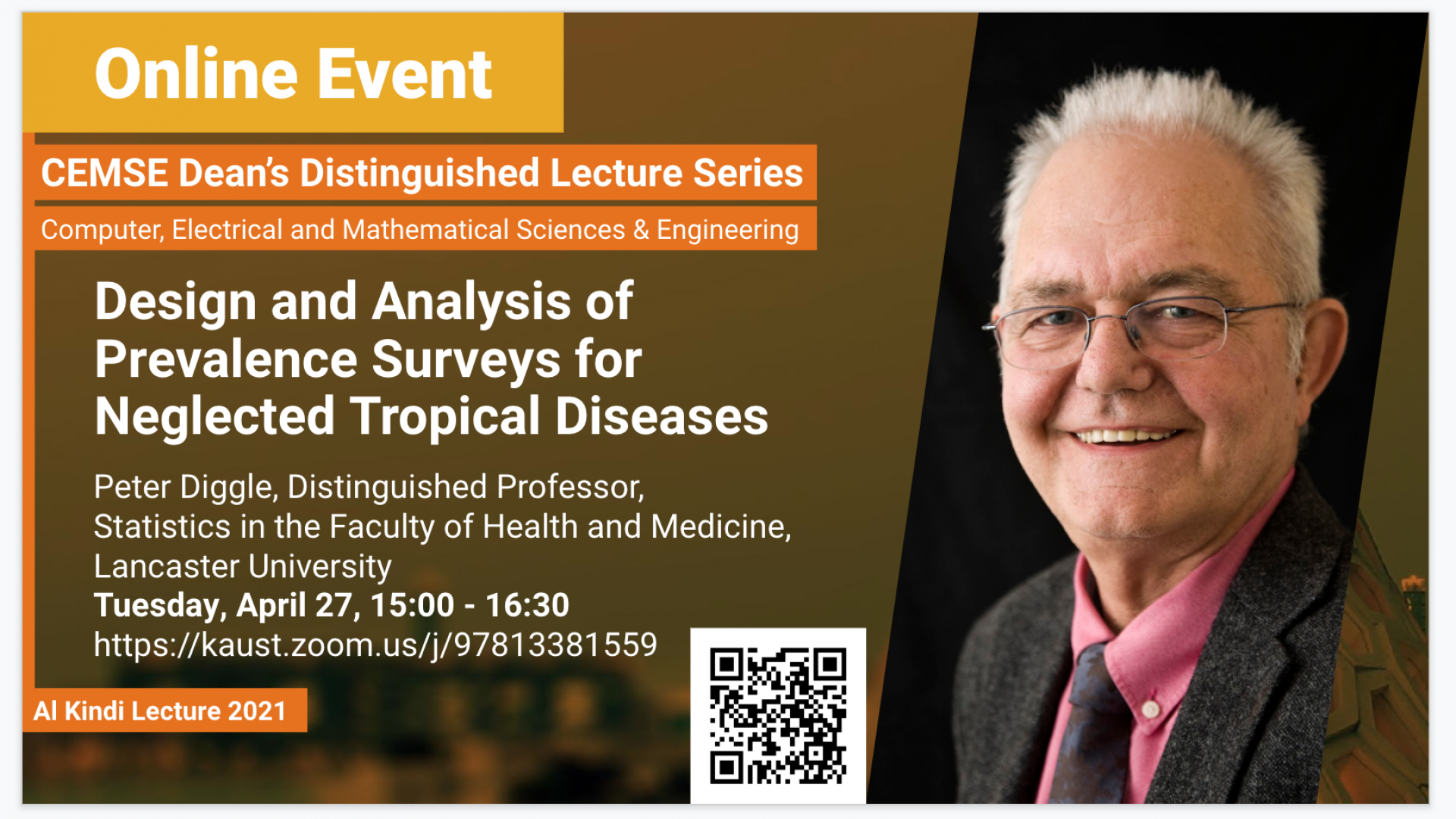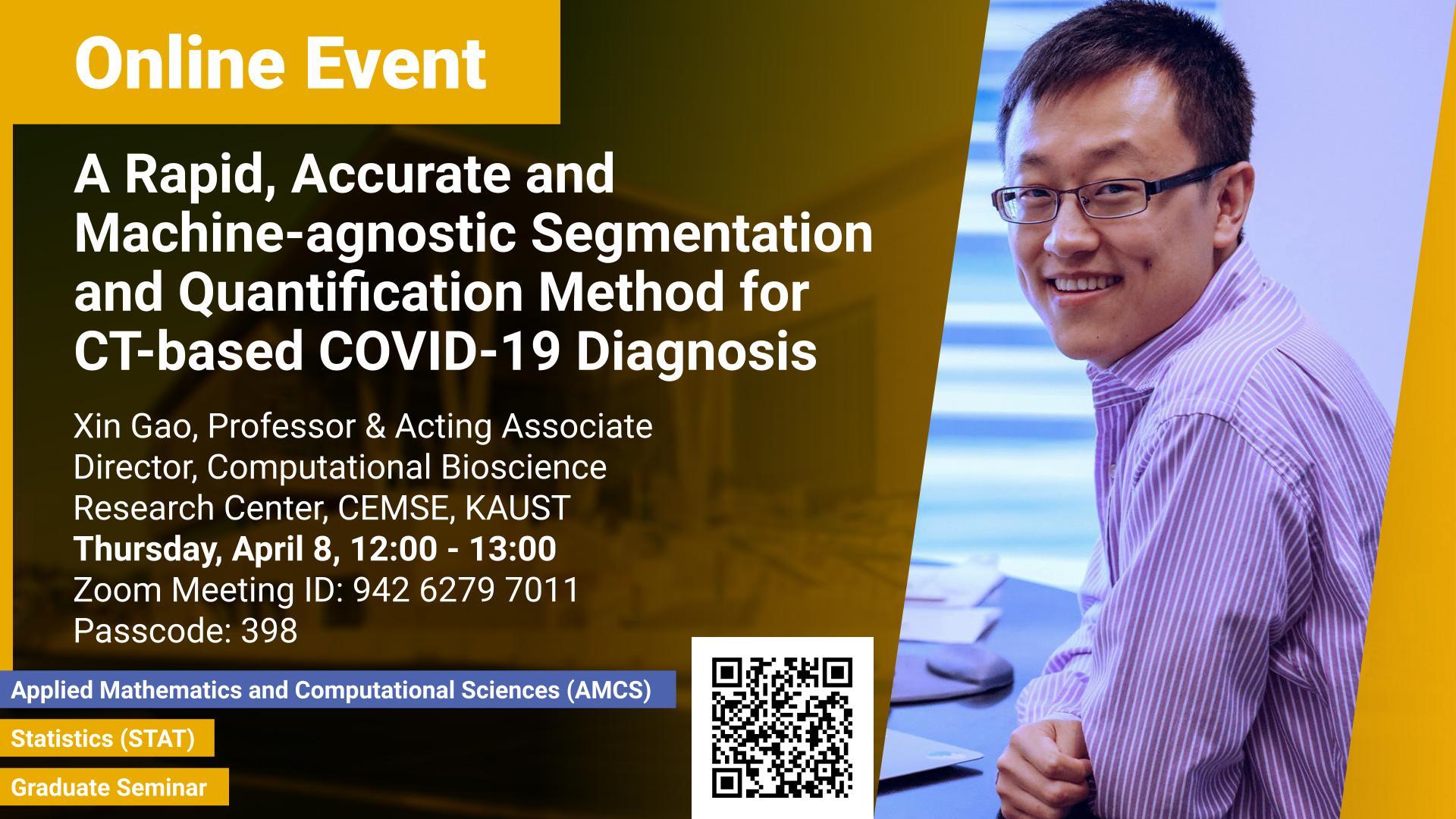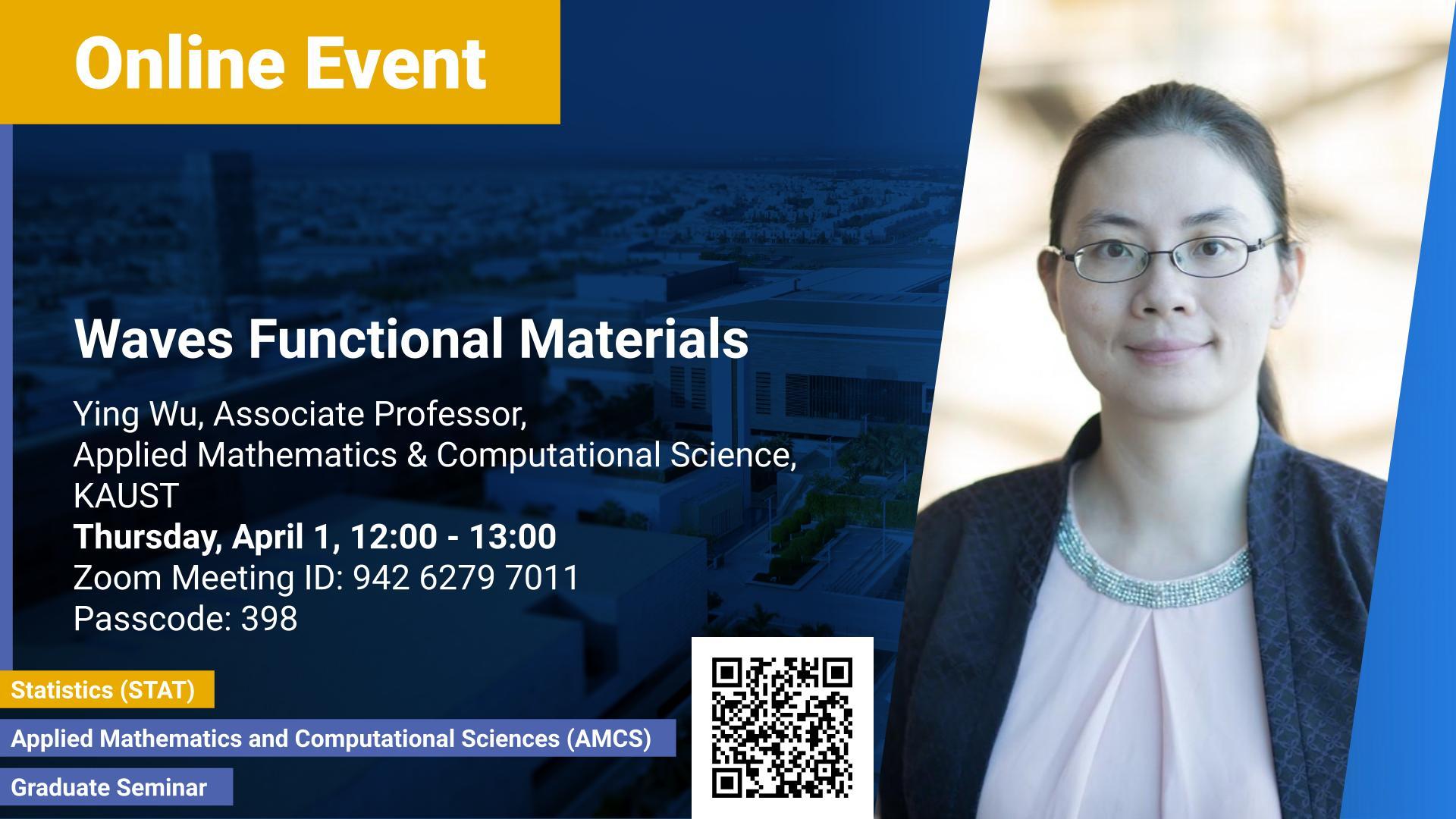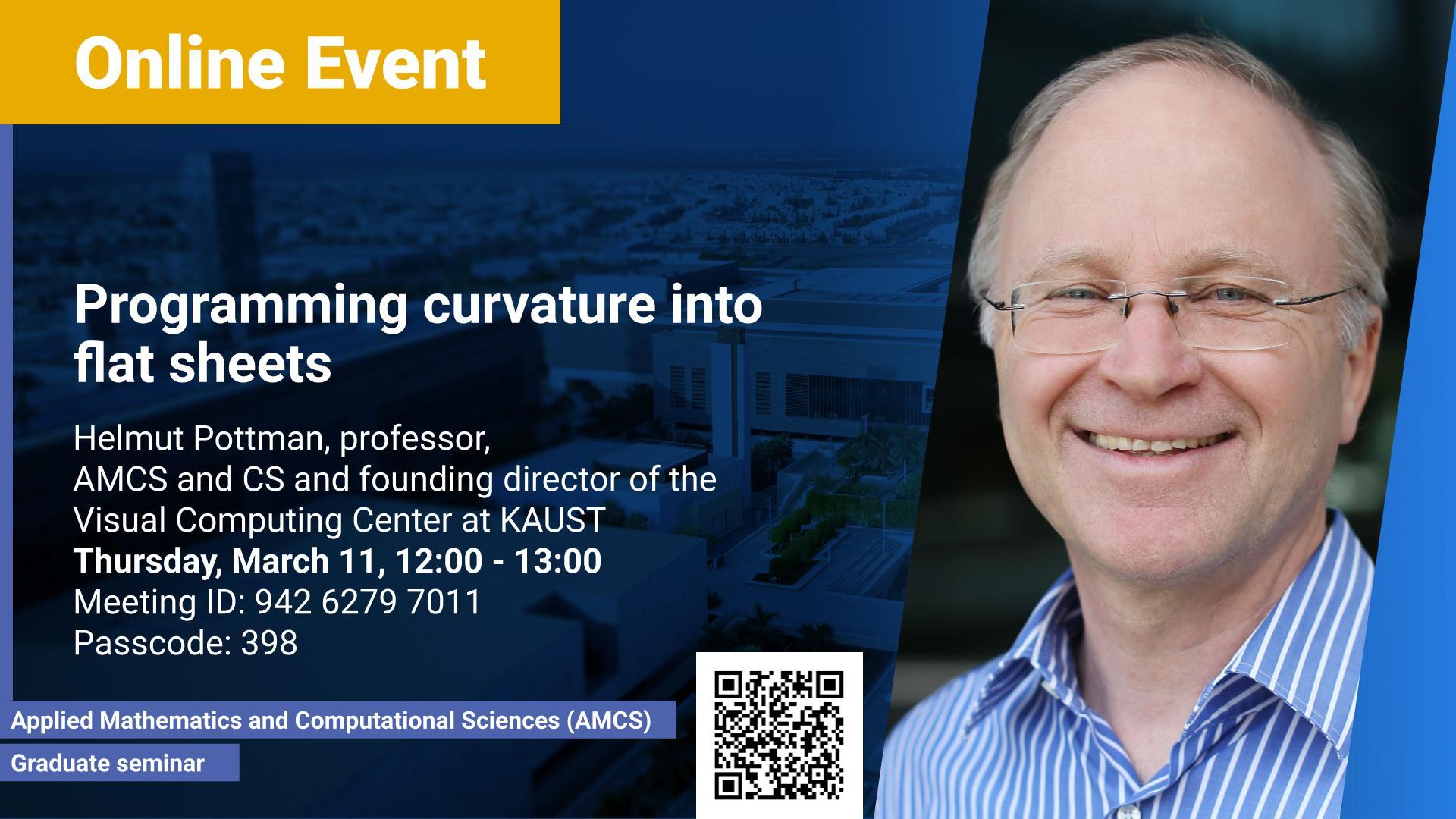Contact Person
Contact Person
Contact Person
Abstract
For over 30 years, Bayesian image analysis has provided an imp
Contact Person
Contact Person
Contact Person
Contact Person
Contact Person
Contact Person
Contact Person
Contact Person
Contact Person
Abstract
As simulation and analytics enter the exascale era, numerical algorithms must span a wide
Contact Person
In low-resource settings, disease registries do not exist, and prevalence mapping relies on data collected form surveys of disease prevalence taken in a sample of the communities at risk within the region of interest, possibly supplemented by remotely sensed images that can act as proxies for environmental risk factors. A standard geostatistical model for data of this kind is a generalized linear mixed model, Yᵢ ~ Binomial(mᵢ; P(xᵢ)) log [P(x)/{(1- P(xᵢ)}] = d(x)β + S(x), where Yᵢ is the number of positives in a sample of mi individuals at location xᵢ, d(x) is a vector of spatially referenced explanatory variables available at any location x within the region of interest, and S(x) is a Gaussian process.
In this talk, I will first review statistical methods and software associated with this standard model, then consider several methodological extensions and their applications to some Africa-wide control programmes for Neglected Tropical Diseases to demonstrate the very substantial gains in efficiency that can be obtained by comparison with currently used methods.
